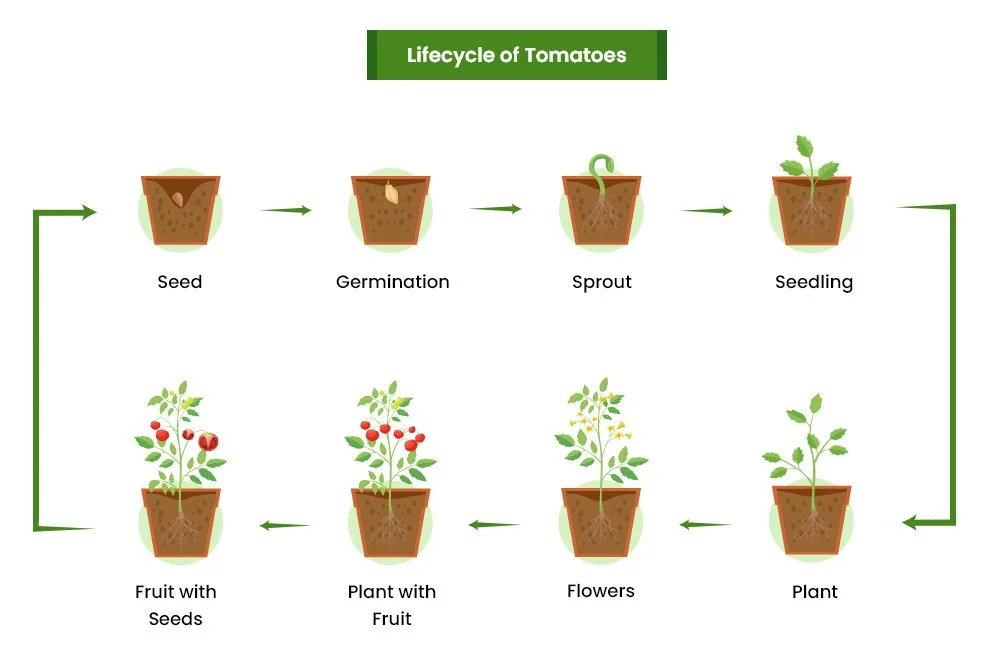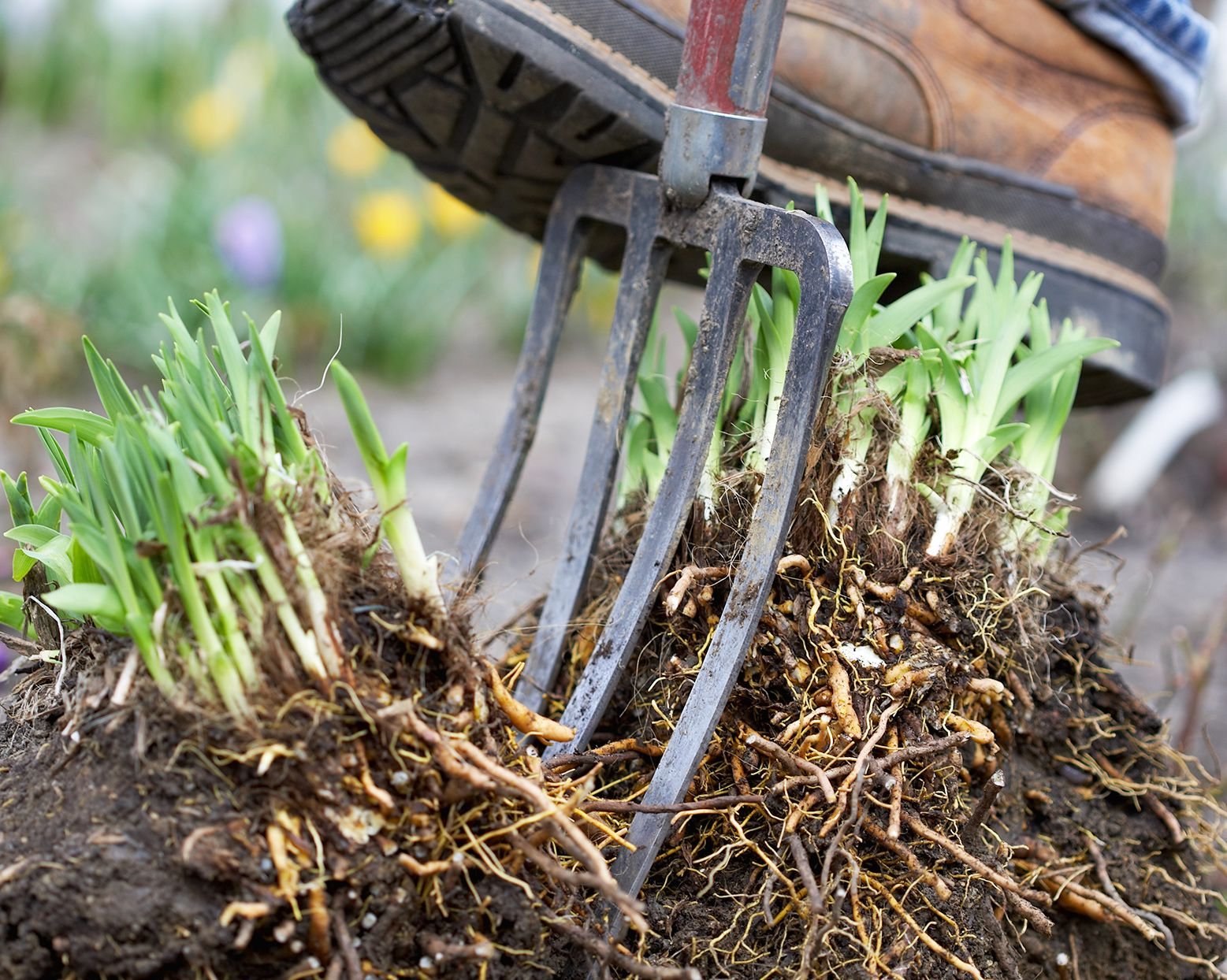Getting Your Garden Spring Ready in Toronto
Spring in Toronto is an exciting time for gardeners eager to revive their landscapes after the long, cold winter. According to Statistics Canada, gardening remains one of Canada's most popular leisure activities, with 61% of households actively engaging in gardening practices (Statistics Canada, 2021). Preparing your garden correctly in early spring ensures healthier plants and better yields throughout the season. As a professional landscape designer, I’ve compiled essential steps, complete with expert tips and external resources, to get your garden ready this spring.
ResearcH Your Gardening Zone
Understanding your gardening zone is crucial for garden success. Toronto falls within Canadian Plant Hardiness Zone 6. Selecting plants suitable for this zone ensures stronger growth, reduced maintenance, and healthier blooms. Referencing Canada’s Plant Hardiness Zone Map by Natural Resources Canada can help you select ideal plants for your garden (Natural Resources Canada, 2023). When you get to your local gardening center, tags on plants will indicate an appropriate zone. If you are tackling a larger garden space or thinking of re-imagining your outdoor spaces, hiring a Landscape Designer will take the guess work out of this process. Landscape Designers are highly skilled in understanding planning ‘the right plant in the right place’.
Purchasing and Starting Seeds Early
Starting seeds indoors is a cost-effective method to jumpstart your gardening season. Seeds for plants like tomatoes, peppers, and annual flowers typically should be started indoors six to eight weeks before Toronto’s last frost date, usually around early May. Early seed starting significantly extends your garden’s growing season and increases plant productivity (Ontario Ministry of Agriculture, Food and Rural Affairs, 2022).
Get ready to grow some food. This can be done for tomatoes, peppers, cucumbers and many others. Start indoors and once the warmer, reliable May weather approaches, transfer them outdoors to your pots and raised beds. Take a peek at quick video for the basics of starting seeds and happy growing! https://www.tiktok.com/@mindandsoil/video/7212292154725584133?lang=en
Cleaning Garden Beds
Clearing debris and old growth from garden beds is essential as temperatures rise into double digits. Removing leaves, branches, and old mulch reduces disease and pest risks and allows new growth to emerge healthily. A clean garden bed also simplifies inspection for winter damage, aiding your gardening plans significantly. If you have wrapped shrubs in burlap, remove by mid-April when the risk of snow/frost is decreasing and temperatures are rising. Be cautious with Oakleaf (Hydrangea quercifolia) and Bigleaf Hydrangea (Hydrangea macrophylla). They set their buds on old wood in the previous fall. So the flowers you see in Summer are dependent on those bud and they are particularly susceptible to Spring frost.
Preparing the Soil
Healthy gardens start with healthy soil. Testing soil pH and nutrient levels in early spring enhances plant success. For Toronto gardens, a soil pH between 6.0-7.0 is ideal for most plants. Adding compost or aged manure replenishes nutrients, improves drainage, and boosts soil structure, supporting robust growth (Toronto Master Gardeners, 2021). After adding, make sure to mix it well into the existing soil.
Laying Down Mulch
Mulching significantly benefits your garden by retaining moisture, suppressing weeds, and stabilizing soil temperatures. Organic mulches like wood chips or bark are perfect for Toronto gardens. Landscape Ontario highlights that mulching correctly can retain up to 70% more water, which makes a big difference when plants experience a dry spell (Landscape Ontario, 2022).
Opt for a higher quality wood mulch like Cedar, Hemlock or Pine.
Pruning Plants
Perennials that have been left with spent flowers or leaves for Winter interest need to have that litter removed. Pruning encourages healthy growth and flowering. Early spring, before new growth emerges, is optimal for pruning shrubs and trees in Toronto. Proper pruning removes damaged branches, increases airflow, and promotes vigorous growth. Follow plant-specific pruning guidelines to ensure optimal growth and bloom and make sure you have the right tools to maintain the plants in your garden.
Dividing Perennials
Perennials reliably return each year, making them ideal for Toronto gardens. Dividing perennials every three to four years rejuvenates plants and expands your garden economically. Divide Spring and Summer flowering plants in Fall and Fall blooming plants in Spring to encourage healthier growth and more abundant flowering. Dig up the plant you intend to divide, shake excess soil off roots, separate into the desired amount using a knife or spade, then place back one plant into the original hole. The remaining plants can be planted where space allows to expand your garden. Or give extra plants to family, friends or neighbours!
Maintaining Gardening Tools
Properly maintained tools make gardening easier and more efficient. Inspect, sharpen, and repair your gardening tools every spring. Tool maintenance extends their lifespan and prevents disease spread and deterioration. Ensure when you move from one plant to another that you are cleaning your tools - especially when you find rot or fungus or pests. In this case wash with soap and water so as not to transfer pests or disease from one plant to another.
Creating Your Spring Garden Checklist
Simplify your gardening with a checklist:
Research gardening zone and suitable plants
Start seeds indoors
Clean garden beds
Test and amend soil
Apply mulch
Prune shrubs and trees
Divide and transplant perennials
Maintain gardening tools
Following a checklist ensures no essential tasks are missed, preparing your garden for seasonal success!
Why Choose Master in the Field Landscape Design?
As a professional Landscape Designer with extensive experience serving Toronto homeowners, I understand local climate challenges and how to best bridge the gap between science and art. My job is to consider your landscape, your style preferences and your wish list and create a vision for your outdoor spaces. Each recommendation I make is rooted in sustainable, practical, and beautiful landscaping solutions that will improve your property value and transform the way you live outdoors!
Ready to transform your front yard? Contact me today for personalized landscaping ideas tailored to your needs. PLUS…visit my Inspiration Page for more front yard landscaping ideas perfect for your Toronto landscaping projects.
Resources:
Statistics Canada. (2021). Canadian Households Gardening Participation. Retrieved from https://www.statcan.gc.ca/gardening
Natural Resources Canada. (2023). Canada’s Plant Hardiness Zone Map. Retrieved from https://planthardiness.gc.ca
Ontario Ministry of Agriculture, Food and Rural Affairs. (2022). Starting Seeds Indoors. Retrieved from https://www.omafra.gov.on.ca/seeds-starting
Toronto Master Gardeners. (2021). Soil Preparation Guidelines. Retrieved from https://www.torontomastergardeners.ca/soil-preparation
Landscape Ontario. (2021). Benefits of Mulching. Retrieved from https://landscapeontario.com/mulching-benefits







